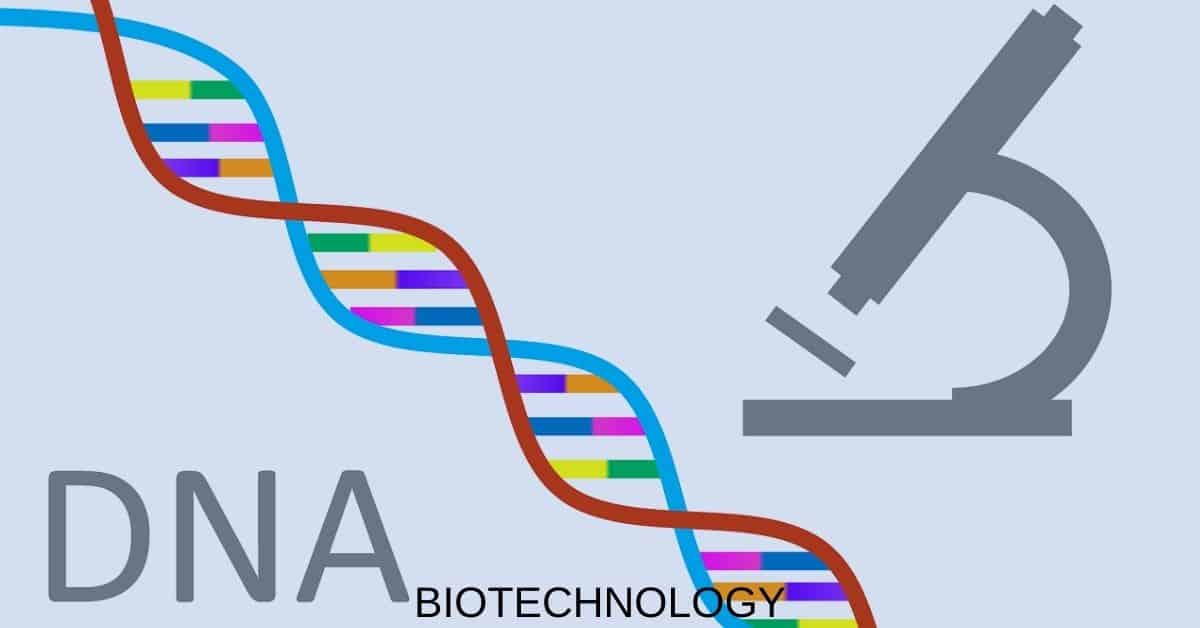Role of Palynology in Petroleum formation
Petroleum is the general term for all the natural hydrocarbons found in rocks. It consists of an extremely complex mixture of a large number of different hydrocarbons generally accompanied by small quantities of related compounds containing Nitrogen, Sulphur, and Oxygen. Crude oil in which these hydrocarbons predominate has a paraffin base. The […]










